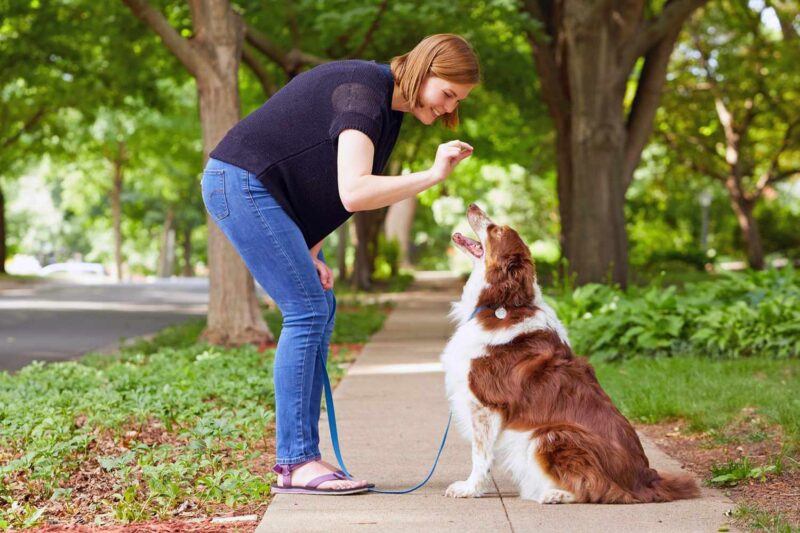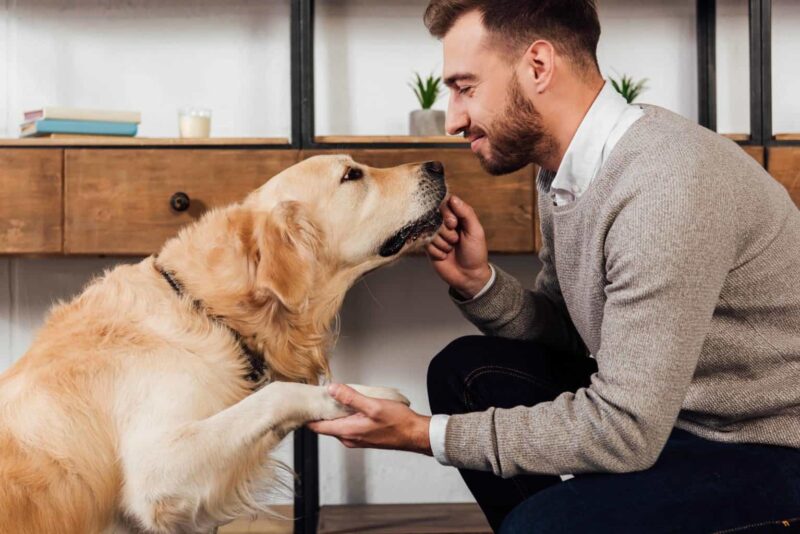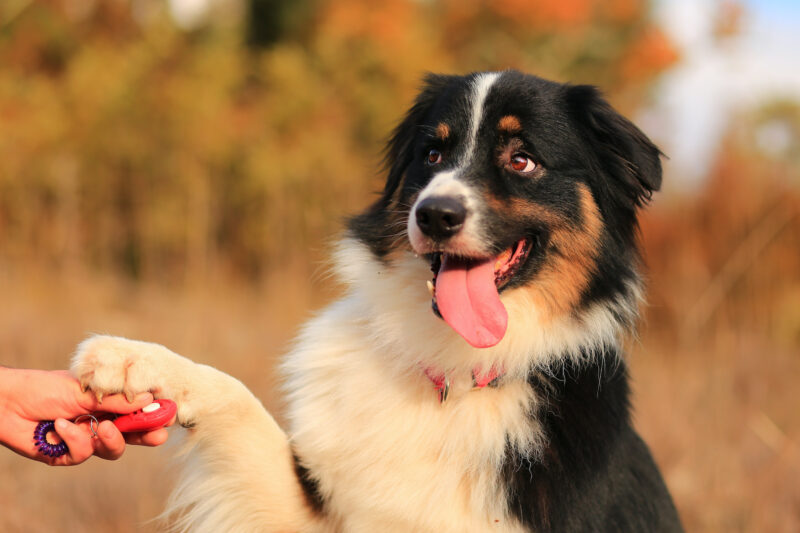Choosing the right family pet involves several considerations, with one of the most significant being the ease of training. A well-trained dog can be a delightful addition to any family, offering companionship, security, and even therapeutic benefits. Training is not just about obedience; it’s about establishing a bond between the dog and its family. This blog will delve into the aspects that make a dog easy to train, the characteristics of trainable dog breeds, and how to adapt your family life to welcome a new four-legged member. Our journey through this topic aims to provide insights and practical tips, ensuring you can make a well-informed decision when selecting your family dog.
Benefits of an Easily Trained Dog

An easily trainable dog can significantly enhance family life. Such dogs are usually more adaptable to different environments and routines, causing less disruption and fitting into family life more seamlessly. Besides the obvious advantages in terms of obedience and behavior management, easily trained dogs often form stronger bonds with their owners, leading to a more empathetic and responsive pet. They are also generally easier to manage in public spaces, making social outings and family trips more enjoyable and less stressful. This ease of training can be particularly beneficial for families with children, as it helps in fostering a safe and harmonious relationship between the pet and young family members.
Understanding Different Dog Breeds
The world of dog breeds is incredibly diverse, with each breed boasting unique characteristics, temperaments, and training capacities. This diversity means that some dogs will naturally pick up commands and adapt to training routines more quickly than others. For instance, working breeds such as Border Collies or German Shepherds are bred for tasks that require intelligence and quick learning, making them generally more trainable. On the other hand, some breeds might be more independent or stubborn, requiring more patience and specialized training approaches. Understanding these breed-specific traits is essential in choosing a dog that aligns with your family’s expectations and lifestyle and you should search for more info here.
Characteristics of an Easily Trained Dog

Dogs that are considered easy to train often exhibit a combination of intelligence, eagerness to please, and adaptability. These traits enable them to understand commands quickly and adjust to new environments and situations with ease. Intelligence in dogs is not just about learning commands; it’s also about understanding social cues and responding appropriately to different scenarios. An eagerness to please is crucial as it reflects the dog’s motivation to learn and follow instructions. Adaptability is also key, as it means the dog can cope with changes in its environment or routine without becoming stressed or anxious.
Popular Easily Trained Dog Breeds
There are several breeds known for their trainability, each with unique characteristics that make them suitable for different families and lifestyles. Labrador Retrievers, for example, are not only intelligent but also known for their friendly nature and eagerness to please, making them excellent family pets. Golden Retrievers, similar to Labs, are renowned for their gentle temperament and adaptability, thriving in various household environments. Poodles, with their high intelligence and eagerness to learn, are also among the top choices for easily trainable dogs. Border Collies, known for their remarkable intelligence and energy, are ideal for active families that can meet their exercise needs.
Assessing Your Family’s Needs
Before deciding on a dog breed, it’s crucial to assess your family’s lifestyle, environment, and the time you can dedicate to a pet. Consider factors such as the size of your home, the presence of young children, and how much time you can devote to exercise, training, and grooming. Reflect on whether your family is looking for a laid-back companion or an active playmate. Ask yourself if anyone in the family has allergies, which might affect the choice of breed. Also, consider your experience with dogs; some breeds might be better suited for experienced owners.
Training Tips for First-Time Dog Owners

For families new to dog ownership, training can seem daunting. However, with the right approach, it can be a rewarding experience. Start with basic commands like ‘sit’, ‘stay’, and ‘come’, and use positive reinforcement techniques such as treats and praise to encourage your dog. Consistency is key in training; try to use the same commands and rewards each time. Patience is also crucial, as different dogs learn at different paces. Remember that training is not just about commands; it’s also about building a bond and understanding between you and your pet.
Importance of Socialization
Socializing your dog is as important as training. It involves exposing them to different people, animals, environments, and experiences to help them become well-adjusted and confident. Socialization should start early and continue throughout the dog’s life. Introduce your dog to various situations in a controlled and safe manner. This can include meeting new people, encountering other animals, and experiencing different sounds and environments. Proper socialization reduces fear and anxiety in dogs and can prevent behavioral problems in the future. It’s also a great way to enhance your dog’s life, providing them with mental stimulation and opportunities to explore and learn.
Preparing Your Home

Preparing your home and yard for a new dog is an essential step in ensuring their safety and comfort. This includes dog-proofing areas where the dog will spend time, removing or securing hazardous items like electrical cords, toxic plants, and small objects they might chew. Create a safe, comfortable space for your dog, with easy access to food, water, and a resting area. If you have a yard, ensure it’s securely fenced so your dog can play and explore safely.
The Role of Professional Training
While many families successfully train their dogs at home, professional training can be a valuable resource. This is especially true for specific training needs or behavioral issues that are beyond the scope of basic obedience training. Professional trainers can provide personalized guidance and techniques based on your dog’s individual needs and temperament. They can also offer advice on behavior management and advanced training techniques.
Consider Adopting a Rescue Dog

Adopting a rescue dog can be an incredibly rewarding experience. These dogs often bring a lot of love and joy to their new homes. While rescue dogs may come with their own set of challenges, including past trauma or lack of training, they can still become wonderful family pets. Many rescue dogs are eager to please and can be trained with patience and consistency. When adopting, consider the dog’s background and work with shelter staff to find a dog that matches your family’s lifestyle.
Conclusion
Choosing the easiest dog to train involves understanding the characteristics of trainable breeds, assessing your family’s needs, and committing to consistent, positive training methods. Whether you opt for a purebred or a rescue dog, the key to a well-trained dog is patience, understanding, and a willingness to invest time and effort. By making an informed decision, you can ensure a harmonious and fulfilling relationship with your new family pet.













